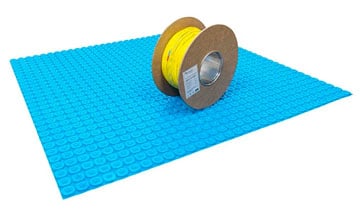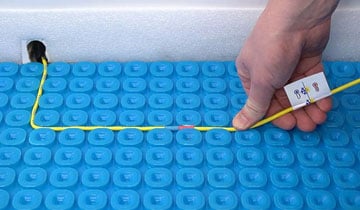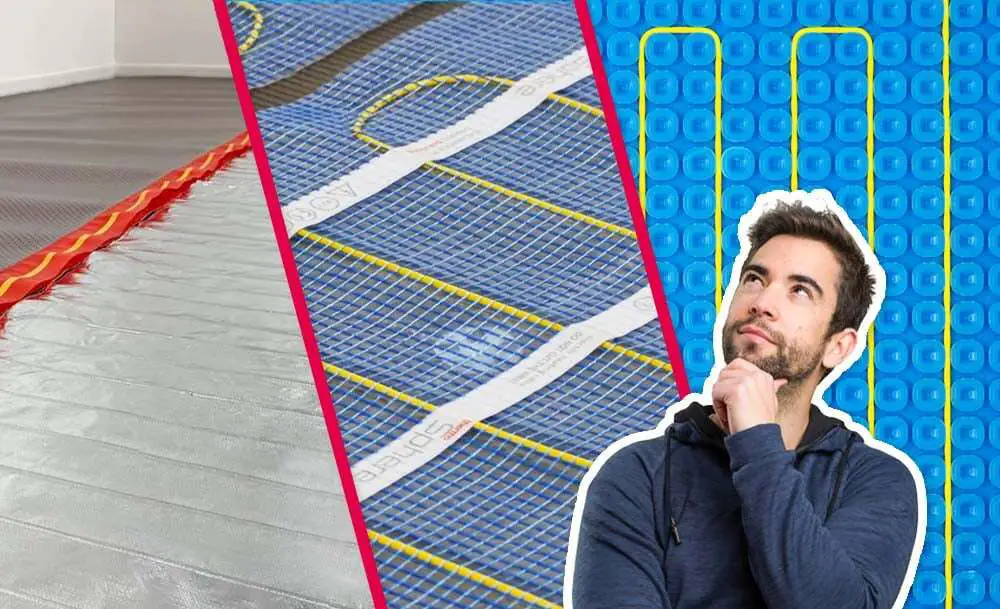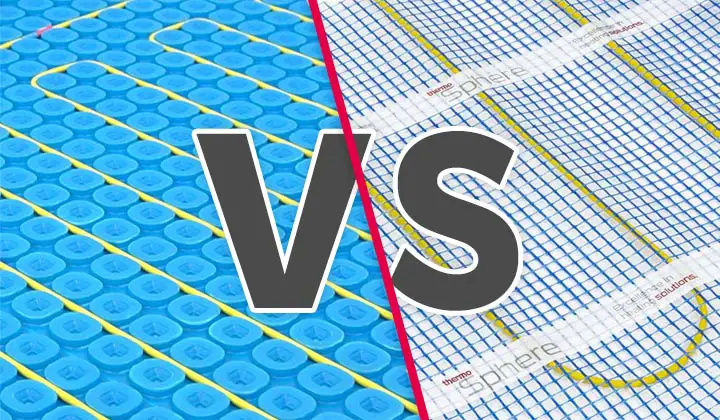3 min read
Why choose the Ultimate heating cable
At ThermoSphere we’re excited to launch the new improved version of our underfloor Membrane Heating Cable. We’ve been working hard to introduce...

70% of faults with an electric underfloor heating installation occur around the cold tail joint of the heating cable. This not only causes a headache for the installer during installation, but it also costs the homeowner between £300 - £500 to get it repaired. And in some cases, it can be a lot more.
In May this year, ThermoSphere will be launching a new Membrane Cable which uses new technology. The move to in-line joint technology means that the hot and cold parts of the cable are joined as part of the cable manufacturing process, not a secondary one, and results in joints that are stronger and almost impossible to damage during installation. This will mean dramatically fewer cases of electric underfloor heating failure from damage caused during installation.
Most electric heating cables available in the market have cold tail joints that are protected by a heat shrink sleeve. Depending on the brand of cable these joints can be up to 12mm thick. Because of this the membrane mat must be cut and the floor material or insulation board to ensure that the top of the joint is flush with the top of the membrane. This adds unnecessary complexity to the installation which can result in mistakes being made that can cause the cable to fail.
The cut area of floor must also be filled with leveller or tile adhesive. This is a key part of the installation process when using a heating cable with a bulky cold tail joint because there needs to be enough tile adhesive or leveller above the joint. Failure to do this can result in cable failure at the joint.
Commenting on the launch of the new Membrane Cable, ThermoSphere’s Managing Director, Alistair Bell said:
“With the popularity of electric underfloor heating continuing to rise, we wanted to further innovate and use our experience to make installation easier for both tradespeople and the growing DIY market. The new Membrane Heating Cable does this and further builds upon the award-winning ThermoSphere Membrane electric underfloor heating system.”
Along with the new Membrane Heating Cable, ThermoSphere is launching brand new product packaging. This is one of the biggest changes ThermoSphere customers will see this year. Unnecessary plastic, printing and lamination have been dropped and replaced with recyclable and compostable card. This is all part of the commitment to being 100% plastic packaging free.
If you have a question about anything covered in this article, please contact one of the ThermoSphere team who will be happy to help. Alternatively, if you want to see how the installation of ThermoSphere Membrane has changed, watch the installation video.

3 min read
At ThermoSphere we’re excited to launch the new improved version of our underfloor Membrane Heating Cable. We’ve been working hard to introduce...

14 min read
So, you’ve completed your research on electric underfloor heating and have decided that it’s the perfect fit for your project. But, with so much...

10 min read
When deciding what type of system is best to heat tiled floors, we often get asked why we suggest ThermoSphere Ultimate over ThermoSphere Mesh and...